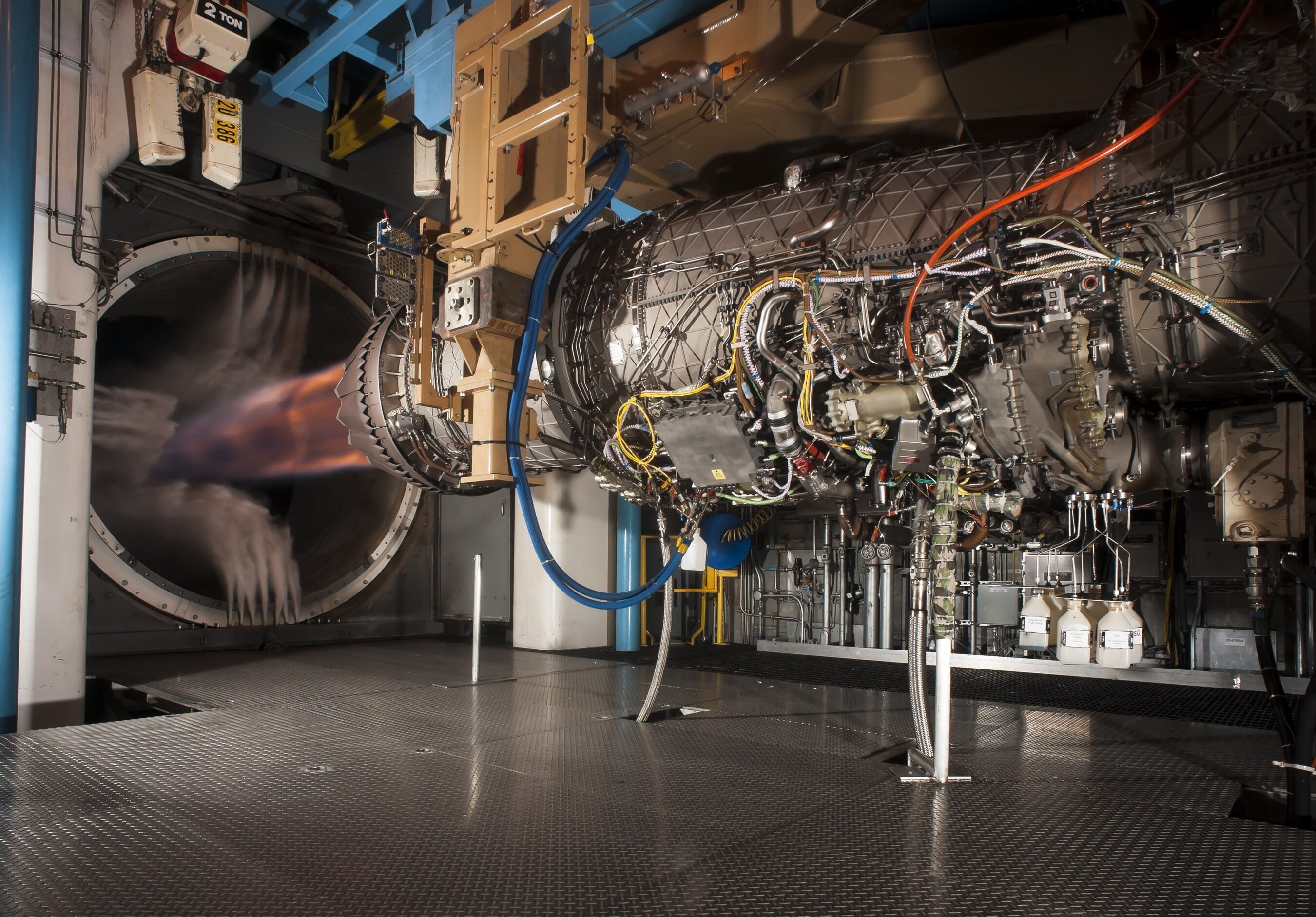WASHINGTON — The Air Force may decide that it can’t afford to build an entirely new, advanced engine for its F-35A Lightning II fighter jet, the Raytheon Technologies chief executive said Tuesday.
In 2016, the Air Force awarded Raytheon-owned Pratt & Whitney and General Electric Aviation each a billion-dollar contract to develop a new F-35A engine under the Adaptive Engine Transition Program. This engine is intended to deliver better fuel efficiency and thrust by using a third stream of air.
However, Raytheon CEO Greg Hayes said in a call with analysts Tuesday morning paying for the new adaptive engine will be a “tough putt” for the Air Force.
Because the adaptive engine could not be used in the F-35B, the Marine Corps’ vertical takeoff and landing variant or the Navy’s carrier-based F-35C, Hayes said the Air Force would bear its entire development cost.
GE said on its website that while its engine is still in testing, it has been designed to be used in both the F-35A and F-35C variants.
RELATED

The Air Force is also considering sticking with and upgrading the F-35′s F135 engine, which Pratt & Whitney also builds, instead of adopting a new engine.
Hayes said his company has talked to the F-35 Joint Program Office about ways to upgrade the current engine to provide more cooling and thrust “in a significantly lower cost than a brand-new centerline engine,” which will be more important as its Block 4 version is rolled out.
He said Pratt & Whitney did ground tests of its adaptive engine this past summer, and plans to do flight tests early next year.
Hayes told analysts the F-35 could be re-engined around 2027 or 2028 — but called that time frame “extremely aggressive.”
Meanwhile, he said during the same call the end of the Afghanistan war and the U.S. withdrawal is expected to cost the company $75 million this year in services it was providing to the now-defunct Afghan government.
During its call with analysts Tuesday, Lockheed Martin said supply chain issues took a toll on its businesses.
John Mollard, acting chief financial officer for the contractor, said vendors that supply components to both the civilian and defense markets — such as landing gear or brakes — have been particularly hurt by sales declines on the commercial side. That’s led to supply chain shortages that affected some of Lockheed’s production efforts.
“We need our supply chain to be successful for us to be successful,” Mollard said.
He said Lockheed has recently come to an agreement with the JPO on a plan for expected deliveries of F-35s. He said the company expects deliveries will increase to 156 by 2023 and stay there for the foreseeable future, even though F-35 sales are expected to drop in 2022.
Stephen Losey is the air warfare reporter for Defense News. He previously covered leadership and personnel issues at Air Force Times, and the Pentagon, special operations and air warfare at Military.com. He has traveled to the Middle East to cover U.S. Air Force operations.








